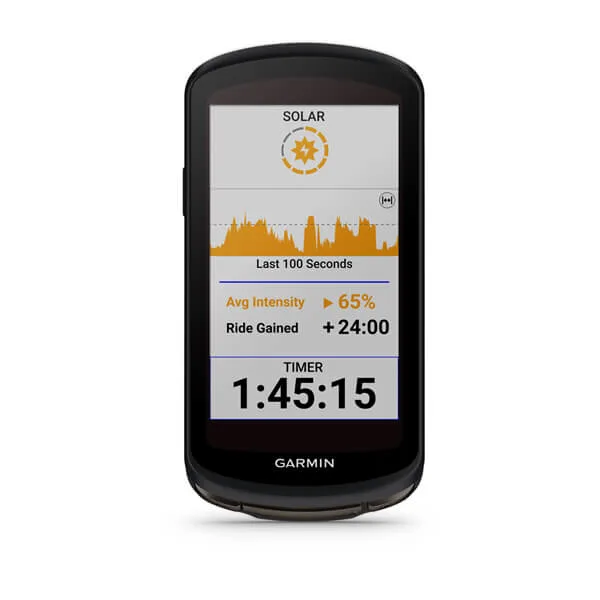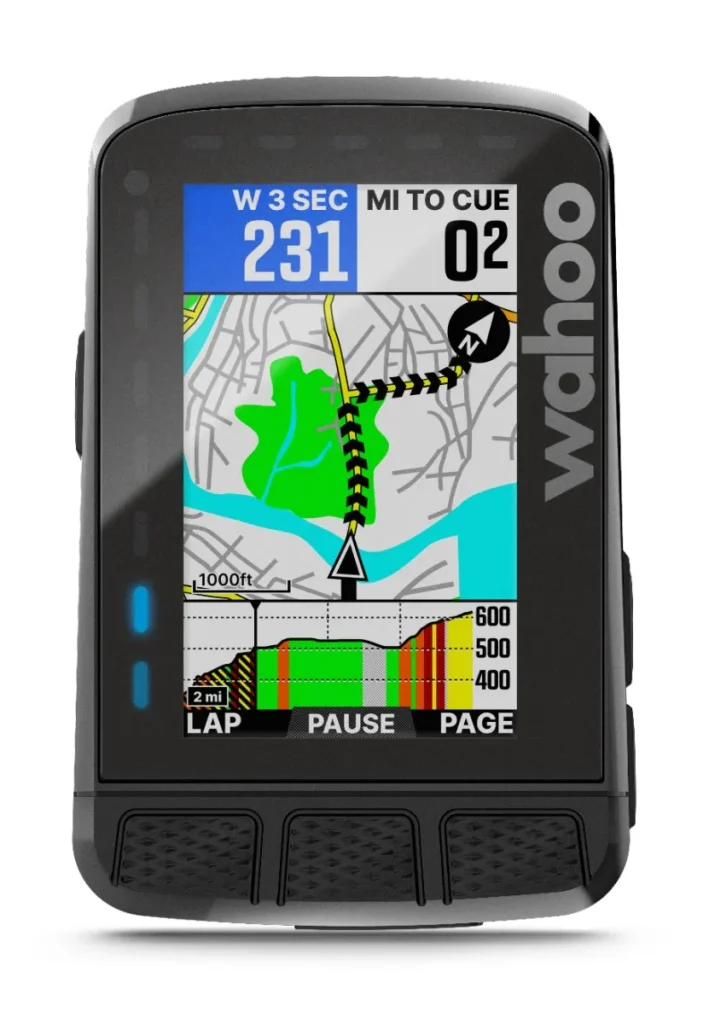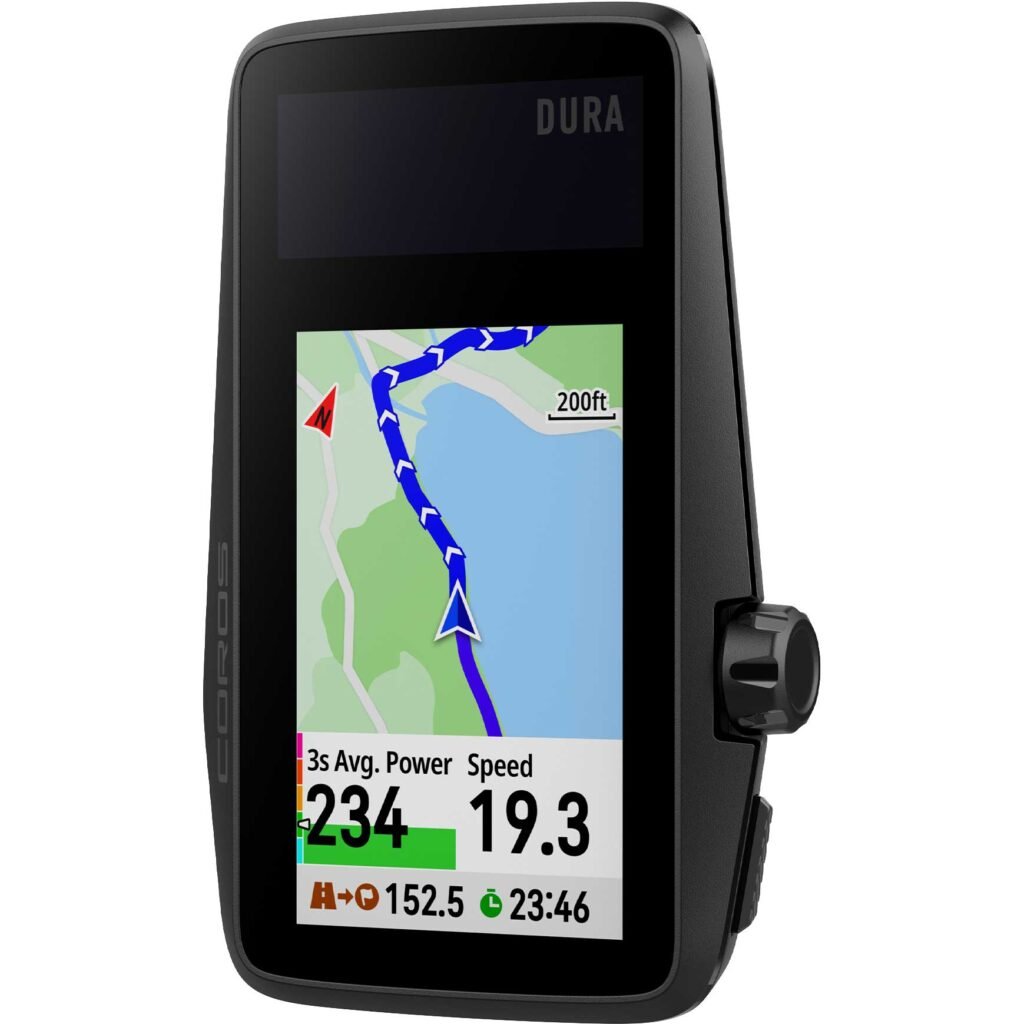The Best Fluffy Pancakes recipe you will fall in love with. Full of tips and tricks to help you make the best pancakes.
Best Mountain Bike GPS Devices
GPS computers and apps with trail mapping and tracking features.
Mountain biking demands more than just skill and endurance—it requires precise navigation, performance tracking, and reliable technology that can withstand rugged terrain. Whether you’re exploring unfamiliar backcountry trails, chasing personal records on technical descents, or embarking on multi-day bikepacking adventures, a quality GPS device becomes your essential companion. Modern mountain bike GPS units go far beyond simple location tracking, offering topographic maps, elevation profiles, training metrics, and seamless integration with your favorite riding apps. Choosing the right device means balancing features like battery life, screen visibility in bright sunlight, durability against impacts and weather, and mapping capabilities tailored to off-road riding. In this comprehensive guide, we’ll break down three standout GPS devices that cater to different riding styles and priorities, helping you find the perfect tech companion for your next trail adventure.
Garmin Edge 1040 Solar

When it comes to premium GPS technology built specifically for serious riders, this device sets the benchmark. Combining solar charging capability with extensive training features and detailed trail mapping, it’s designed for riders who want every possible data point at their fingertips and the battery endurance to match multi-day adventures. The price is between $650–$750
| Pros | Cons |
| Industry-leading mapping with Trailforks integration | Expensive compared to competitors |
| Solar-assisted battery (up to ~45h with GPS, longer with solar boost) | Large size may be bulky on MTB handlebars |
| Rugged & durable | Solar works best in bright outdoor conditions |
| Advanced training metrics + ClimbPro, VO2, recovery stats | X |
| Big, bright touchscreen (3.5″) | X |
Wahoo ELEMNT Roam V2

For riders seeking straightforward functionality without sacrificing essential features, this device strikes an excellent balance between usability and performance. Its button-based navigation and streamlined setup process appeal to those who prioritize reliability and simplicity over complex feature sets, while still delivering comprehensive routing and tracking capabilities. The price is between $380–$450
| Pros | Cons |
| Super intuitive interface and setup | No touchscreen (buttons only, some riders prefer touch) |
| Free global maps (no paid subscriptions) | – Mapping detail not as advanced as Garmin’s |
| Solid 17h battery life | – Slightly shorter battery vs Garmin |
| Syncs seamlessly with apps (Strava, Komoot, TrainingPeaks) | X |
| Great for road & mixed riders | X |
Coros Dura Solar

Built for endurance athletes and adventure seekers pushing beyond conventional limits, this newcomer brings impressive battery longevity to the GPS market. Its combination of solar charging technology and dual-band GPS accuracy makes it particularly appealing for ultra-distance riders and multi-day expeditions where charging opportunities are scarce. The price is between $450–$500
| Pros | Cons |
| Massive battery (70h dual-band, 120h single-band) | New to market (fewer long-term reviews) |
| Solar charging extends life on multi-day rides | – Solar adds cost |
| Rugged + touchscreen + dial control combo – Lightweight for its size | – Navigation ecosystem still smaller than Garmin/Wahoo |
| Built with long adventure/ultra riders in mind | – Bulkier than Roam |
Head to Head: Which Device Wins ?
| Feature | Garmin Edge 1040 SolarWahoo | ELEMNT Roam | V2Coros Dura Solar |
| Batter Life | ~45h GPS (solar extends it) | 17h | 🏆 70h dual / 120h single-band |
| Screen | 🏆 3.5″ touchscreen (biggest) | 2.7″ button-controlled | 3.0″ touchscreen + dial |
| Display Type | Color touchscreen | Color, buttons only | Color touchscreen + physical dial |
| Map Quality | 🏆 Best-in-class (Trailforks integration) | Good global maps, less trail detail | Solid maps, smaller ecosystem |
| Training Metrics | 🏆 Most comprehensive (ClimbPro, VO2, recovery, power) | Standard cycling metrics | Strong endurance-focused metrics |
| Ease of Setup | Powerful but complex | 🏆 Incredibly intuitive (5 min setup) | Moderate learning curve |
| Price Range | $$$ Premium | 🏆 $$ Mid-range (best value) | $$$ High |
| Weight | Heavier (solar + large screen) | Moderate | 🏆 Lightweight for its size |
| Solar Charging | ✅ Yes (integrated display) | ❌ No | ✅ Yes (dedicated panel) |
| Durability | 🏆 Tank-like rugged build | Solid and reliable | Very rugged, adventure-proof |
| App Integration | Excellent (Garmin ecosystem) | 🏆 Seamless (Strava, Komoot, etc.) | Good but growing |
| Subscription Fees | Some premium features require subscription | 🏆 None—free maps forever | None for basic features |
| Best For | Data-obsessed riders & serious trail enthusiasts | Casual-to-serious riders wanting simplicity | Ultra-distance & multi-day adventurers |
Quick Winner Breakdown
🥇 Overall Best Features: Garmin Edge 1040 Solar
The most complete package if budget isn’t your main concern—best maps, most metrics, largest screen.
🥇 Best Value: Wahoo ELEMNT Roam V2
Perfect balance of features and price without overwhelming complexity. Great for most riders.
🥇 Battery Champion: Coros Dura Solar
If you’re doing multi-day adventures or ultra-endurance rides, nothing touches this battery life.
Don’t Forget to check our full Mountain Biking Guide for more tips !





